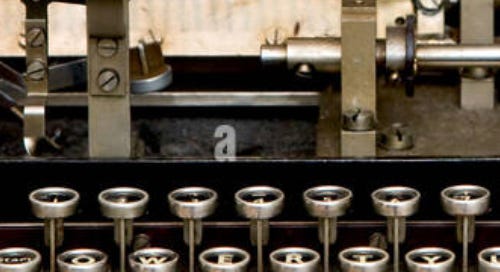10x better, 10x worse
We know from the Silicon Valley playbook that new technology must be 10x better than the incumbent to succeed.
The playbook doesn’t tell you the flipside: every significant new technology, at time of invention, is 10x worse in some dimension.
Zoom is 10x worse than in person meetings because of the 100 millisecond lag that disrupts non-verbal communication.
Airbnb is 10x worse than a hotel because their lodgings are non-private, unpredictable, and dirty.
Tesla is 10x worse than a gasoline car because charging takes an hour, not minutes.
The internet was 10x worse than television because it did not, at time of invention, support sound or video.
The computer was 10x worse than humans because they only understood programming languages, not human languages.
The radio was 10x worse than newspapers because it was synchronous, without the ability to go back and re-read sections.
The light bulb was 10x worse than a lantern because it required a power line to operate.
The telegram was 10x worse than writing letters because you had to learn a special code to use it.
The gun was 10x worse than swords because reloading took tens of seconds.
Try it yourself. Think of any significant invention in the last 100 years. Compare it to its contemporary alternatives. It is difficult to find an example that is not 10x worse in a substantial, important way.
Opportunities for startups around new inventions are two-fold: you can capitalize on the 10x upside of the new tech, or you can mitigate the 10x downside. Both are lucrative. Microsoft invented BASIC to mitigate the 10x downside of computers (they only spoke assembly language). Oracle invented a database to capitalize on the 10x upside of computers (they had orders of magnitude higher compute power than humans). Both are hundred billion dollar companies.
We are at a similar point with DeFi and web3. We know that the blockchain is a superior foundation for finance, and it has 10x upside in that dimension. But it is also 10x worse in many dimensions:
Bitcoin is 10x worse than the dollar because its value goes up and down by ten percent in a typical week.
Ethereum is 10x worse than a stock exchange because it only supports a dozen transactions per second.
Tether USD is 10x worse than the real dollar because it lacks FDIC insurance, isn’t publicly audited, and can’t be spent using a credit card.
MakerDAO loans are 10x worse than a mortgage because you can get liquidated if collateral’s price drops.
Uniswap is literally 10x worse than Binance because the fees are that much higher.
An AMM is a 10x worse way to market make because you provide liquidity along the entire price curve.
An NFT is 10x worse than physical art because anyone can copy-paste it.
The skeptics are right. Every aspect of web3 and DeFi is 10x worse in some way.
However, the skeptics reach the wrong conclusion. The 10x downside is proof of the 10x upside. Why would anyone endure the pitfalls of Tether USD (no insurance, no audits, no way to spend) unless there was some 10x advantage?
Entrepreneurs can use the 10x downsides as a map. We know that DeFi is a superior foundation, but each 10x downside keeps users out. Address one of them, and you have a billion dollar business.



